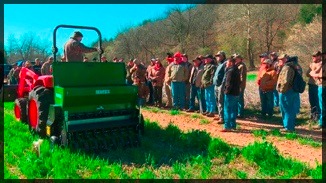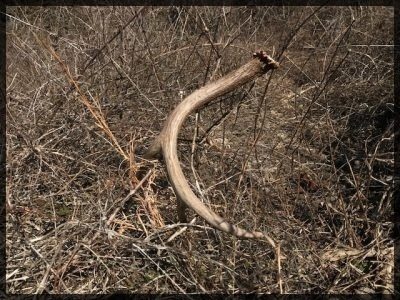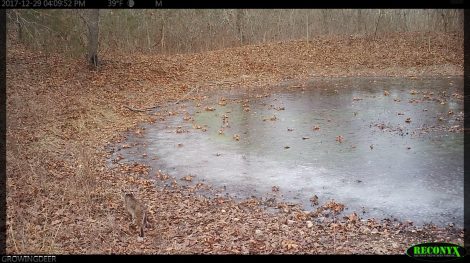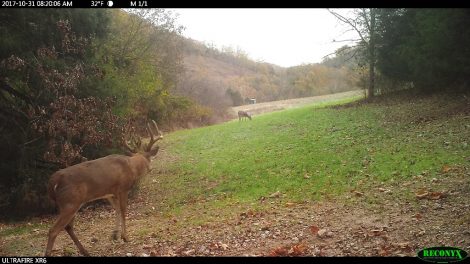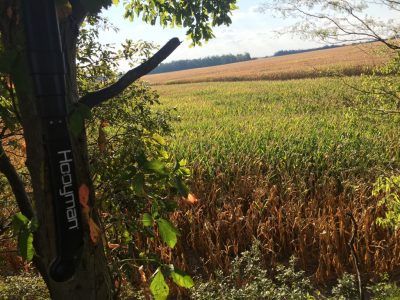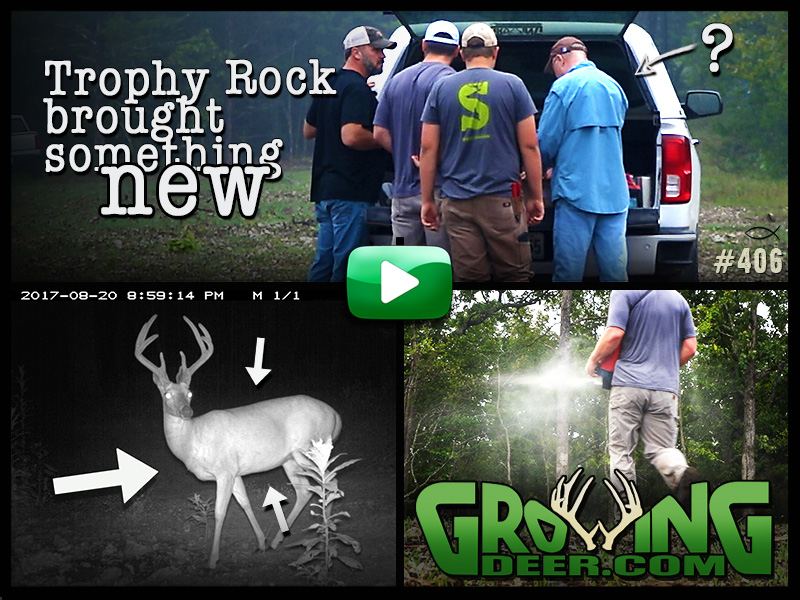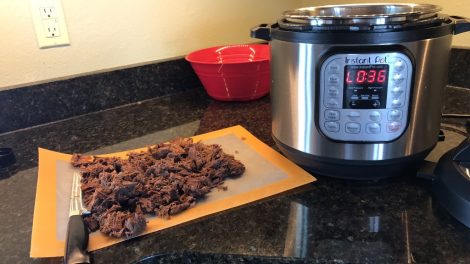Category: Deer Management
Doe Harvest: Is it better to shoot old or young does?
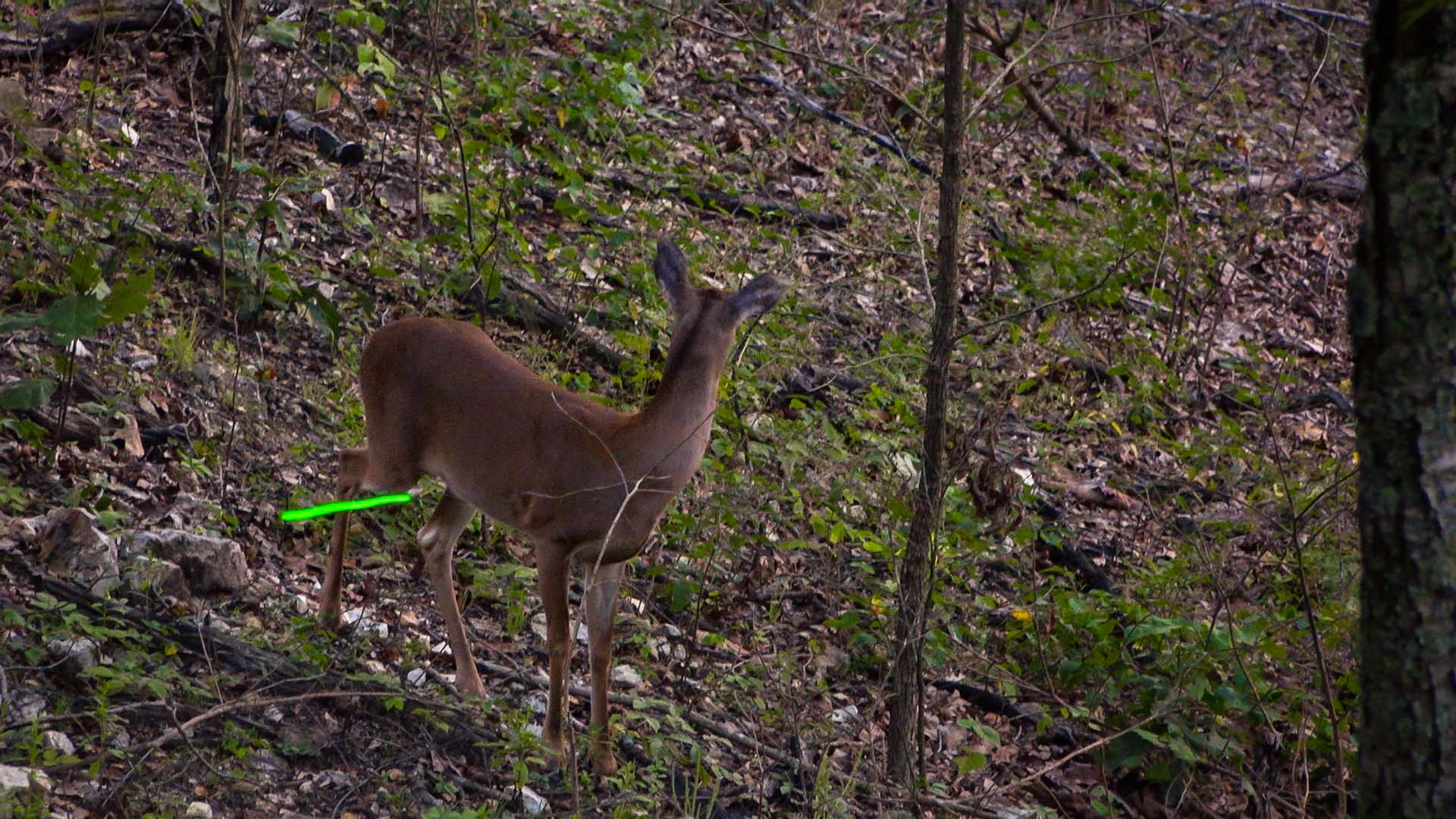
We recently received the following question and thought our reply may help others…
Question: What is the ideal age of does to harvest? Young or old?
Answer: Harvesting enough does to ensure the entire herd has enough groceries during the late summer and late winter is much more important than the age of does harvested. Many folks miss their doe harvest goal because they are trying to select a certain age class doe to harvest.
Older does tend to be a bit better mothers. If the habitat is improved, younger does have the benefit of being produced and nursed by a doe that was in better shape! The health of the doe can make a huge difference in the health and productivity (antlers or fawns) of the fawn throughout life.
Hence, it’s best to work to improve the habitat and harvest enough does to ensure the entire herd has ample quality groceries.
For more information on doe harvest, watch this video, DEER HUNTING: WHY AND WHEN TO HARVEST DOES.
How Wild Hogs – and Baiting – Affect Deer Hunting
A while back someone asked me a question about how hogs affect deer and predator movement on their hunting property. As wild hogs become more prevalent around the United States, we will all have to consider this in our hunting strategies. This hunter had 600 acres in Georgia and wondered if pigs cause deer to move from the food plots, maybe not frequenting as much or if this make it more likely to have more coyotes on the property? He was thinking about setting up some corn feeders in August prior to the season. Here are the thoughts I shared with him regarding wild hogs:
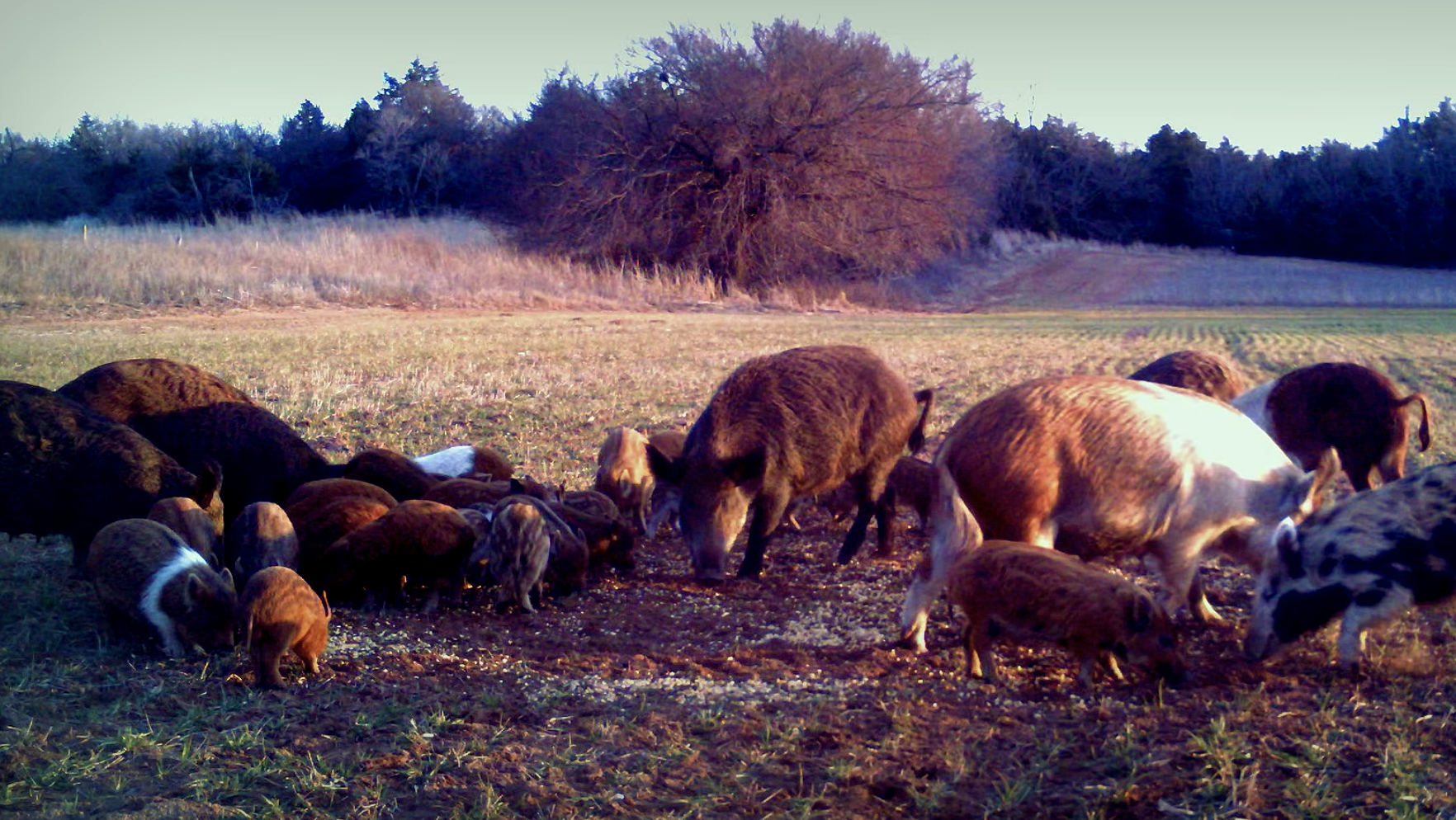
What Habitat Improvement Projects Should You Do?
This time of year, I’m frequently asked what habitat improvement projects are most important. Most folks expect a standard answer such as “plant a food plot” or “create some bedding cover”. These projects may or may not be appropriate for your goals or where you hunt.
Which project or projects will produce the most benefits depends on your hunting goals and what the limited/missing resource is in the local habitat. For example, if where you hunt borders a creek, lake, or several ponds that don’t go dry, developing another water source won’t improve the quality of the habitat for deer and turkeys or help you pattern deer. Likewise, if there’s a large CRP field next to where you hunt, then cover isn’t limited and adding more wouldn’t attract deer and probably won’t make them easier to pattern.
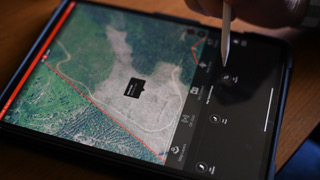 Before assisting folks with their habitat and hunting goals I start by using onX maps to study their property and the neighborhood. I also ask very detailed questions about their hunting style. These questions include how much they and others hunt the property. Understanding the amount of hunting pressure is a big factor when determining the amount of cover and the number of stands/blinds that allows the best opportunity of meeting their hunting objectives.
Before assisting folks with their habitat and hunting goals I start by using onX maps to study their property and the neighborhood. I also ask very detailed questions about their hunting style. These questions include how much they and others hunt the property. Understanding the amount of hunting pressure is a big factor when determining the amount of cover and the number of stands/blinds that allows the best opportunity of meeting their hunting objectives.
I also ask whether they primarily hunt with a gun or bow. Different habitat layouts are better for different weapons.
Likewise, I ask if they hunt throughout the season or prefer to hunt during the early, mid, or late season. Different resources attract deer during different parts of the season. The greater the difference in weather conditions throughout the season, the larger the differences of habitat resources deer need.
These are but a few considerations to address before spending valuable time and resources to improve the deer herd quality and hunting opportunities where you hunt.
Enjoy Creation,
Grant
Summer Scouting with Trail Cameras
Here at The Proving Grounds we keep our Reconyx trail cameras out year round. We just love seeing critters! If you don’t keep you trail cameras out during the entire off season – now is the time to get them into the woods. This time of the year is perfect for scouting and capturing developing velvet antlers!
Many bucks have enough growth that they are now able to be identified by unique antler characteristics. Plus, many fawns are on the ground and it is a great way to monitor recruitment numbers.
Here are five great locations to put your trail cameras:
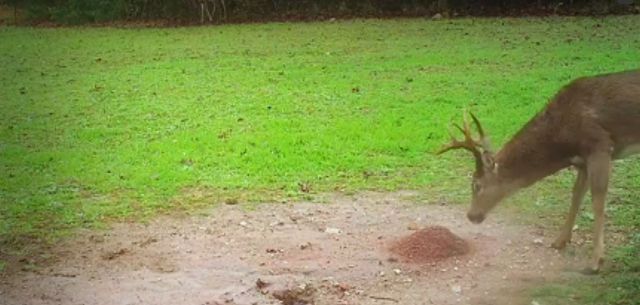
- Over mineral sites (in areas where this is legal).
- On high quality food sources (such as Eagle Seeds Forage soybeans).
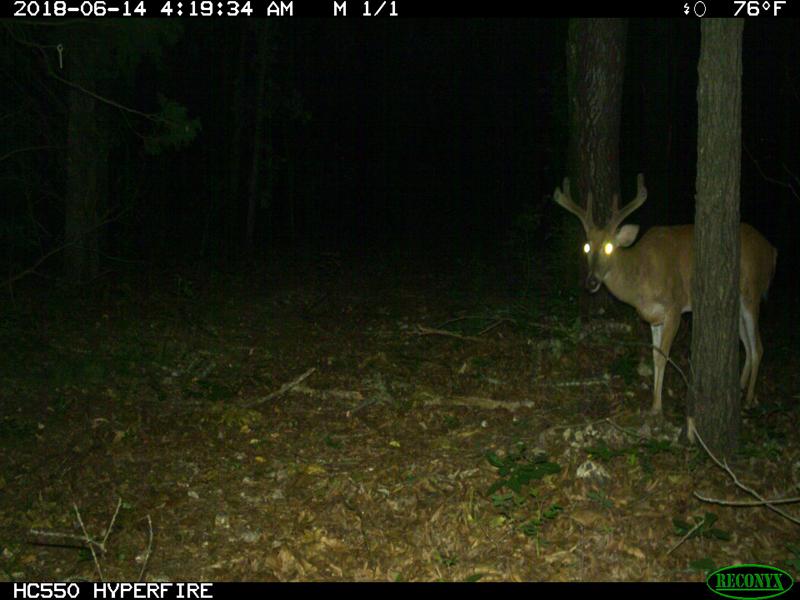
- On active trails.
- Make sure to place your trail camera perpendicular to trails so you can get a broadside picture to estimate age.
- On/in bottlenecks – natural (edge habitat) or manmade.
- The corners of Hot Zone fences make great bottlenecks for deer to hug the corner/edge of the fence.
- If in drought conditions, water can be a hot attraction.
To make sure you get the most out of your trail cameras, follow these tips:
- Place cameras in low disturbance areas: on the edge of interior roads or food plots etc. (Easy in and out.)
- Use scent control practices when checking cameras. Our team reduces our scent by using D/Code field spray and wearing rubber-bottomed LaCrosse boots.
- Realize that the activity captured now may not reflect fall activity.
- Food sources will change during hunting season.
- Bucks will likely shift within their home range after summer.
It won’t be long before we begin developing this season’s hit list. As always, we’ll be sharing the Reconyx pictures as the velvet antlers start to harden. As you get trail camera pictures, we hope that you will share them with us on social media: Facebook, Instagram, or Twitter.
Watching for velvet antlers and enjoying Creation,
Daniel
Improving And Maintaining Fawning Habitat
Recently, while cutting cedars in a bedding area, Skyler Partain, one of our summer interns, found a fawn nestled in the native vegetation. Not only was it a neat encounter for Skyler, but it was a reminder of the benefits of improving habitat.
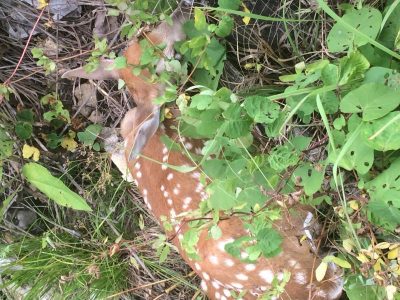
The area where Skyler and the rest of the crew were cutting was a bedding area that was once covered in cedars. Many years ago, we felled the cedars, waited several years until the cedars were dry, and used prescribed fire to stimulate native grasses and forbs. With the cedar canopy removed, native grasses and forbs began to grow. Seeds of these native species were in the soil and their populations exploded once released!
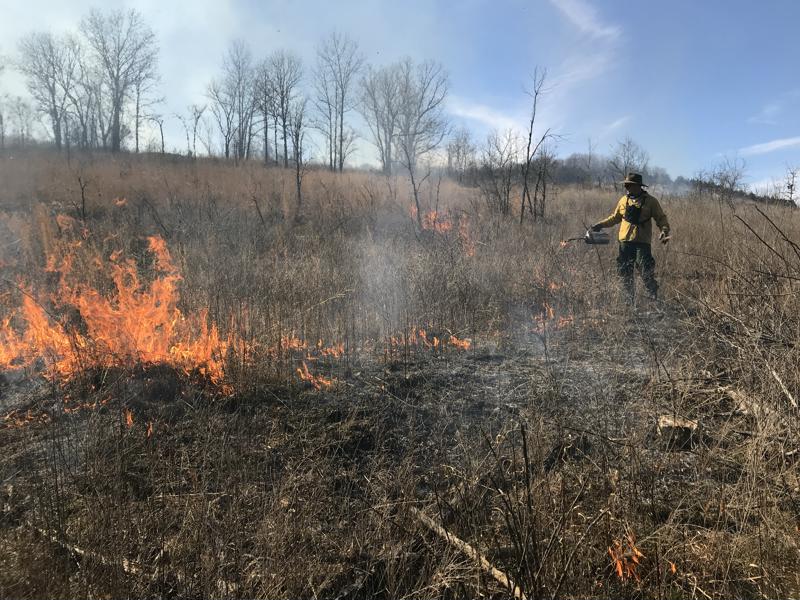
The diverse native grasses and forbs now provide high-quality forage for deer of all ages and ideal fawning habitat. Fawns are now effectively able to hide from hungry predators, such as coyotes. Before, the “best” cover was cedar and mature hardwoods. Much of the ground was bare under the cedar canopy which made it an easy place for predators to find fawns and poults.
A little chainsaw work resulted in substantially improved cover for deer, both adults and fawns. We continue to maintain these native vegetation areas with prescribed fire and occasionally use chainsaws to remove encroaching cedars. The benefits speak for themselves. We now see lots of fawns and enjoy many encounters with deer throughout the entire year!
I hope you are able to get out this summer and improve the habitat where you hunt. You’ll be glad you did!
Improving habitat,
Daniel
Deer Hunters Working Together for Better Hunting – Episode #427
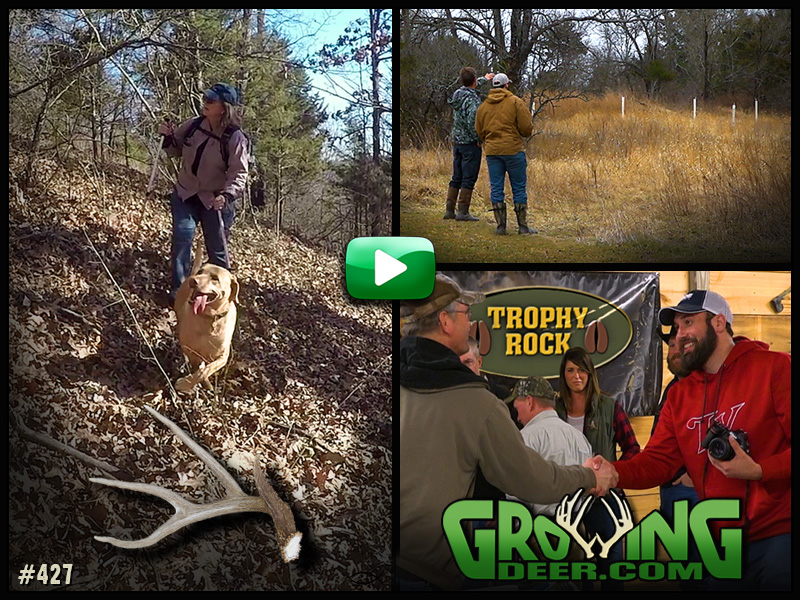 New Video
New Video
Watch as Daniel travels to eastern Kansas to help develop a habitat management plan. Grant and Daniel also enjoy teaming up with local hunters during their annual deer co-op meeting. Plus, we share tips for finding sheds!
spring field days 2018:
Have you ever wanted to visit The Proving Grounds and talk deer with the GrowingDeer Team? Now is your chance! Join us for Spring Field Days March 23 & 24. Come see how we plant food plots, select stand locations, manage native habitat and much more! We hope to see you then!
new weekly blog:
Planning a shed hunt soon? Tracy shares her time-tested shed hunting techniques along with a few photos to “show you” what to do.
Short VIDEO:
It’s a little icy for this bobcat to get a drink from the pond!
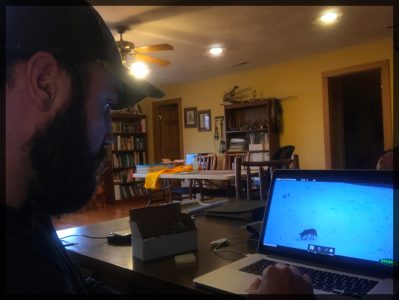
Tip of the Week:
Trail cameras can be a great tool for identifying trap locations!
Hunting Kansas: Tips for A Hang and Hunt – Episode #416
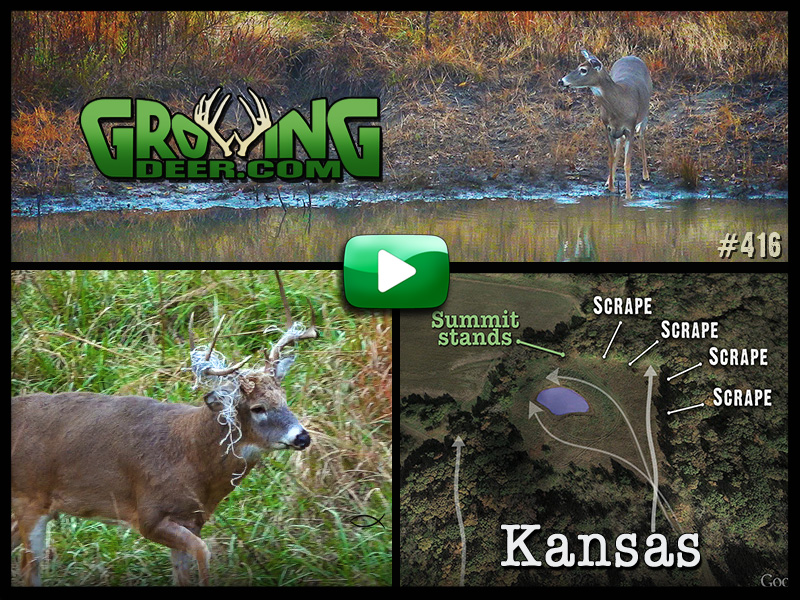 New Video
New Video
It’s prime time for hunting, so Grant heads to Kansas in search of a buck! Watch as Grant and Daniel scout, hang, hunt, and encounter multiple bucks! Then see Pro Staff member James Harrison get on the board!
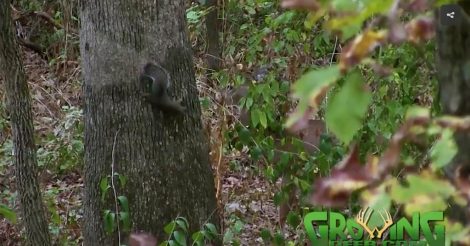 Short Clip:
Short Clip:
Watch as a young buck and a squirrel play what looks like a game of hide and seek!
new weekly blog:
In this blog, Grant shares strategies for hunting bucks during the rut!
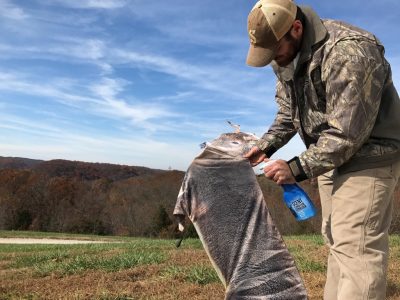
Tip of the Week:
Controlling scent on decoys can be key to luring deer into range!
Should Deer Hunters Shoot “Cull Bucks”?
Every year hunters put out trail cameras hoping to discover a Boone & Crockett buck is calling their land home. For most of us, it is more likely we see pictures of a deer that has some sort of antler abnormality than a true Booner. The cause behind odd or non-typical antler growth boils down to two main factors, injuries and genetics.
Injuries to the body, pedicles and the antler itself during velvet all have the capability to cause an antler abnormality. The good news is that two of the three (pedicle injuries being the oddball) are typically short term as the deer will grow a normal set of antlers the following season. Abnormal antlers caused by genetics will not “heal”; the buck will likely have unique antlers for life.
This brings me to the often debated subject of the “cull buck.” There has been a long held belief that in order to improve a local deer population, it is necessary to shoot cull bucks. Should you shoot a cull buck? No and yes. If your goal is to eliminate a buck from the population because you want a better gene pool, you are fighting a losing battle. In a wild, free-ranging population it is impossible to control what genes are being passed down because you are not controlling what buck breeds with what doe. More importantly does carry most of the heritable antler traits. However, there’s no way by looking at a doe to know if her offspring consistently produce larger than average antlers.
At The Proving Grounds there’s a buck named Cactus Jack that some might consider a cull buck. We have pictures of Cactus Jack from multiple seasons and his antlers are probably the result of a testes injury. This is commonly the cause of “cactus” bucks. Cactus Jack is most likely four years old and we will happily harvest him this season if given the opportunity. If he was three and a half years old or less, we would pass. Even though one of our goals is to reduce the local herd population, harvesting bucks only has a short term impact.
It is much more effective to harvest does to reduce the population. Besides, even bucks with odd shaped antlers usually produce larger antlers as they mature!
Weston Mason
Opening Weekend Of Deer Season At The Proving Grounds! – Episode #409
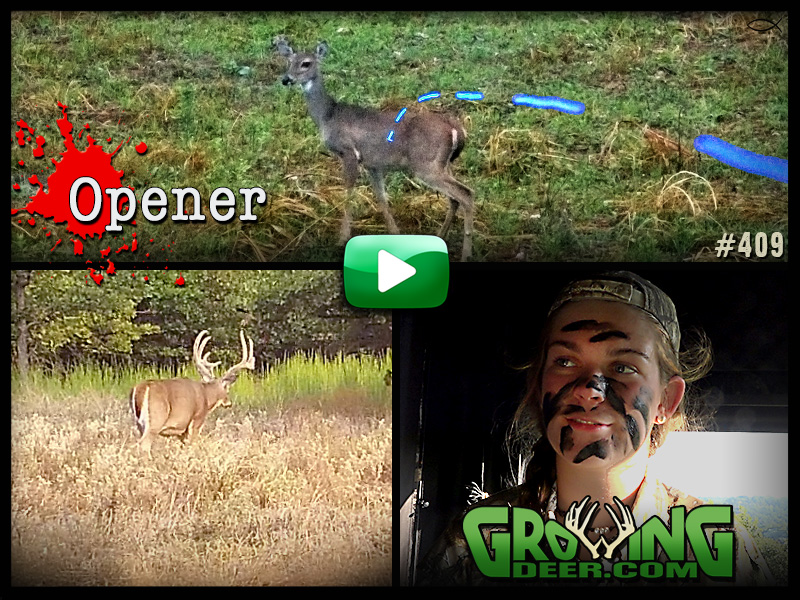 New Video
New Video
Missouri’s opening weekend of deer season was warm but ended with cool venison in the freezer! Watch as the Team hits the woods and punches the first tag for the season! Plus, the GrowingDeer Prostaffers have been watching several big bucks that they hope to be hunting soon!
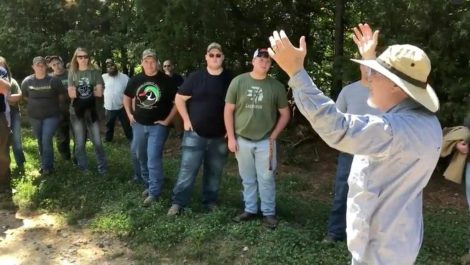 Short Clip:
Short Clip:
Grant recently spoke to a Kentucky FFA chapter about soil, forestry, wildlife and everything in between! Listen to what Grant shared with these future leaders!
New Weekly Blog:
Whether you own land or not, you can utilize many acres of public land for hunting!! Intern Wes Mason shares how public land can help all hunters enjoy the pursuit of whitetails!
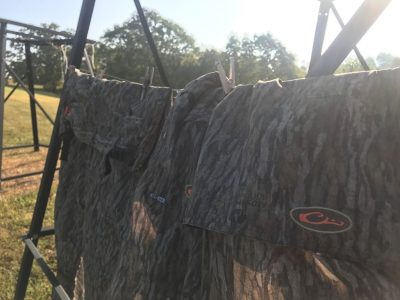
Tip of the Week:
Your “everyday” home clothes dryer produces a lot of scent. Drying your hunting clothes outside is a great way to reduce scent and prepare your gear for storage and use.
Bucks: It’s happening now. – Episode #406
New Video
Grant shares tricks for aging bucks in the field as we develop the 2017 hit list. Also, follow the team as they help landowners in Oklahoma and central Missouri improve the food plots and habitat on their properties. Gene Price from Trophy Rock stops by with a great new technique to improve food plots and make quality minerals available to a deer herd in any state.
New Weekly Blog:
Here is a new recipe from Tracy for cooking a venison ball roast!
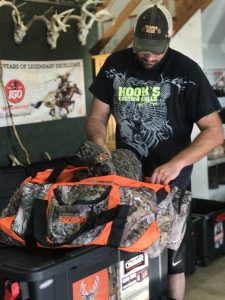
Tip of the Week:
Scent control long before we get to the field! Clothes and gear need to be treated and stored to reduce scent. This is especially true when traveling.



